Is your remote help desk software doing the trick?
If your business provides technical or customer support, odds are that you need a help desk ticketing system to help streamline and automate the time-consuming aspects of customer support. Remote help desk software provides you with the tools to accomplish your customer support goals, maintain satisfied customers, and resolve help desk tickets faster.
Great customer support separates decent companies from excellent companies. A positive customer support experience is a crucially important piece of the customer journey. But how can you be sure you are using your remote help desk software to the fullest of its extent? What are the benefits of doing so? Let’s dig in to shed some light on this.
What is remote help desk software?
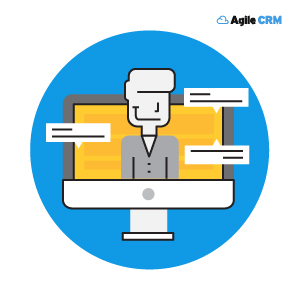
Remote help desk software lets you automate the receipt of incoming help desk tickets, the processing of those tickets, and tracks the results of your customer support efforts. It keeps everything tidy and in order, drastically improving the organization of your tickets and customer support data. It helps you keep track of where your tickets are in the queue, and how long it is taking to resolve them.
Plus, it automates the majority of the ticket administration process. When an incoming ticket arrives, it is automatically entered into the system, routed to the appropriate rep, and populated with details about the case—such as the customer’s name, the product they use, and ticket priority.
Because everything is tracked so well, it’s easy to quickly see which tickets are the highest priority and focus on those first. You can set alerts and reminders for high priority tickets to ensure they don’t go unaddressed. Automatic tracking also increases the integrity and reliability of your data by removing the potential for human error during data entry.
What benefits should you be seeing?
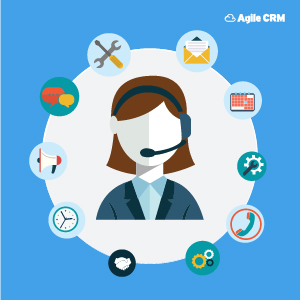
In order to ensure that your remote help desk software is doing the trick, you should evaluate your use of it to ensure you are receiving the benefits it should be providing. Here are a few to look for:
Maximum customer satisfaction
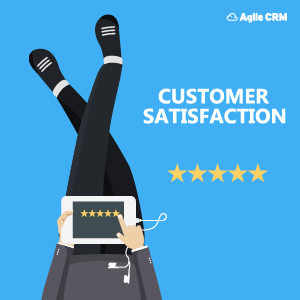
When tickets are resolved faster, customers are able to work more successfully with your product or service, increasing customer loyalty over the long term. When ticket backlogs are eliminated, and reps can provide a more personalized support experience, customers feel valued, and customer satisfaction increases.
Customers will view your business as well-equipped to support them into the future, which increases customer retention. According to Bain & Company, increasing customer retention rates by just 5% will increase profits by anywhere from 25% to 95%.
Faster resolution times and a reduced backlog
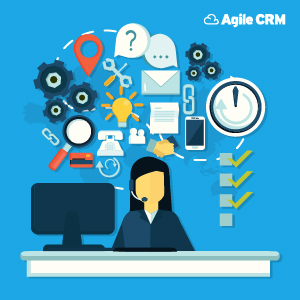
Because a help desk ticketing system automates so many manual, time-consuming elements of customer support, it frees up time for your reps, letting them focus more energy on addressing customer issues and resolving tickets faster. When your team can move through and resolve more tickets in less time, you see a reduction in your ticket backlog.
The longer customers have to wait for a response, the lower their satisfaction level will be because it reflects how much you value your customers’ time. According to Forrester Research, 77% of people say that valuing their time is the most important thing a company can do to provide them with good service.
Helping customers feel their voices are being heard
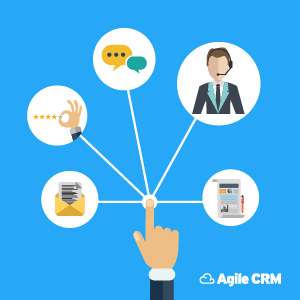
It’s imperative to remember to empathize with customers and understand their perspective. In the eyes of the customer, the company works for them. If they feel the company doesn’t hear their concerns about a product or service, they will rightfully be frustrated and unhappy. Successful companies encourage customers to voice their opinions and view incoming customer feedback as a learning opportunity and a chance for self-improvement.
Use your remote help desk system to collect customer feedback after cases are closed. You can also use your service desk system to create a knowledge base that lets customers find answers to their own problems without having to call you for help. This reduces the number of calls you must field. Plus, you can ask for knowledge base feedback and use that to improve your help desk content.
Personalized support and better communication
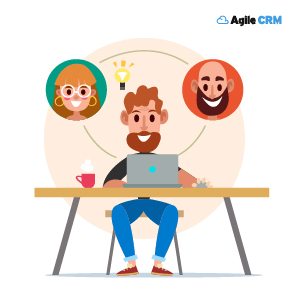
With remote help desk software, your team is able to give more one-on-one attention to clients with support issues. It helps customers feel valued, which breeds strong brand loyalty. Moreover, if your system links to a CRM—such is the case with Agile CRM—your company can store loads of personal information about each individual contact. This includes everything from basic contact information to buying history, web browsing activity, and past support tickets.
Armed with this level of insight, your team better understands who each customer is, and can interact and communicate with them in a more personal way. This will further increase customer satisfaction as it displays that you actually care about your customers and their success using your product.
Reduced expenditures
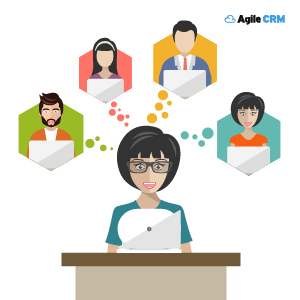
A help desk ticketing system does the work of multiple employees, meaning you can maintain a smaller support team, while simultaneously improving results. If you can reduce the size of your team by one-third—for example—the resources freed up can be applied to other areas of your business. Plus, when you can use a help desk ticketing system for free, it costs you nothing to make that staffing reduction.
Growing businesses need to be as frugal as possible with their resources in order to grow and scale at the rate they need to. Remote help desk software helps you achieve this.
Being more available to customers
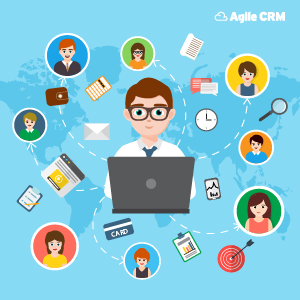
If a customer needs to contact your company, it’s important that they are able to do so with ease. Nothing makes a customer feel undervalued more than reaching out and not seeing a response for days on end—especially if they have a support issue. The best thing you can do to make yourself available to customers is to provide them with a variety of ways to reach out:
Provide live chat support: Many consumers today—and in particular, millennials—will look for a live chat feature on a company’s website to connect immediately. Many times, potential support issues can be resolved in a few minutes with a live chat, which reduces the effort customers must commit to getting issues resolved.
Offer email and telephone support: It’s important to provide both, because each customer’s preferred communication method will vary, and the company needs to be available to them all, on the medium they prefer. According to Accenture, 51% of U.S. consumers are loyal to brands that interact with them through their preferred channels of communication.
Leverage online appointment scheduling: This works as follows: the employee opens your online calendar then selects the time slots when they are available. Then they provide customers with a link to their online calendar. Customers access it online, select the time slot that’s most convenient for them, and book it themselves.
Improving first call resolution rate

First call resolution means that an incoming customer support call is fully resolved on the first attempt, without having to escalate the issue or troubleshoot and call the customer back. Just a 1% improvement in first call resolution is equal to $276,000 in annual operational savings for the average call center, according to SQM Group. Here are a few best practices for improving first call resolution using remote help desk software:
Use dedicated help desk groups: With dedicated help desk groups, customers are placed into support groups, based on an attribute such as the product they own. Then, the only support reps assigned to support those groups are those that are experts with those respective products.
Utilize system tags for segmentation: With systems tags, you can create groups that are based on geography, language, time zone, or any other attribute tracked in the CRM solution. Segmentation improves first call resolution exponentially.
Leverage help desk reporting to improve performance: It’s easy to monitor ticket resolution times using customer support metrics and analytics. This helps users identify areas that need improvement, and individuals who need help to improve their performance.
Additional features you should look for
In addition to the features mentioned above, which provide the key benefits you should look for in a remote help desk software system, there are extra value-adding features you should look for. These features set a standard help desk system apart from an exceptional one.
Service level agreements

Service level agreement (SLA) functionality is one reason that Agile CRM is great customer service software for growing businesses. SLAs are contracts that stipulate that certain requirements must be met in the relationship between the customer and your company.
They help you set clear expectations for your support team and your customers, providing clarity around what customers can expect and giving your support team goals to work toward.
For example, you could have an SLA that requires customer support to reply to any help desk ticket in a specified amount of time. You can use them to track performance against KPIs and analyze results to continuously improve your customer support.
Canned responses

Canned responses are pre-drafted emails that you set up in your system and send automatically to address certain situations. For example, if someone submits a case via email about a common issue faced by customers, you can send a canned response that informs them how to resolve it.
They can also be leveraged to send follow up emails after a case is resolved. Use them to tell the customer that the case is closed and provide information about how to reach out with any questions. Canned responses save time for your customer support team and expedite the response to the customer.
Ticket labels
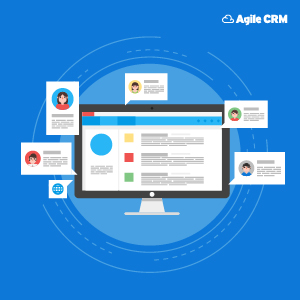
Ticket labels allow you to categorize tickets based on commonalities relevant to your business. Then you can automate workflows based on those labels to streamline your customer support.
For example, if you receive many help desk cases around a certain issue, you can place a label on that case so that it gets routed to the appropriate rep who can best resolve the issue.
Ticket labels further expedite the resolution of open tickets and save time for your reps, so they can focus more energy on supporting customers and less on administration.
Dashboard smart views
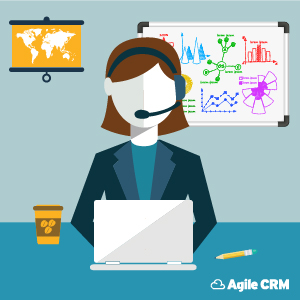
You often need to get insight into how your customer support team is operating, or the results they are producing. Smart views allow you to customize your customer service dashboard with the metrics and analytics that you need to see on a daily basis. You can configure your smart views to display graphs, charts, and other types of data representation.
Smart views are extremely helpful in maintaining a constant view into how you are moving the needle and where things are going wrong. You can get at-a-glance views into metrics like tickets closed, time to resolve tickets, first response rate, number of tickets in the queue, and any other metric that you need to track in order to make data-driven decisions.
Conclusion
Remote help desk software allows you to deliver world-class customer service, improve customer satisfaction, and increase the efficiency and productivity of your support team. Because remote help desk systems are SaaS-based, you can access them from anywhere, at any time, as long as you have an internet connection.
Being able to check in on important metrics or respond to a customer support case while traveling or working from home elevates your ability to support your customers. It is a top priority that you are able to ensure that your customers are successfully using your product or service. If they can’t use your product to make their job easier, they will likely stop using it, and eventually, you’ll lose them as customers.
Remote help desk software ensures that you resolve customer issues as quickly as possible, which boosts brand loyalty. It gives customers the sense that you care about their success and that your relationship with them is a partnership. This will go a long way to helping you grow your business and maintain a positive reputation in the market.
Do you have any tips for maximizing the use of your remote help desk software? Share them in the comments section below!

No Comments